Research in the Manning group follows two interconnected thrusts: Collective behavior in biological tissues and deformation in disordered solids. Click sub topic headings below for additional detail.

Organogenesis during development
- Dynamic forces generated by tissue drag
- Interfering with myosin via an optically released drug
- Personnel:
- Rajendra Singh Negi
- Raj Kumar Manna
- Jeff Amack Lab (SUNY Upstate)
- Heidi Hehnly Lab (SU)

Predicting dissipation and flow in non-Hamiltonian active disordered solids
- Systems with pressure gradients
- Active Rods that cannot be mapped to a Hamiltonian system
- Personnel:
- Tyler Hain
- Julia Giannini
- Adil Ghaznavi
- Edan Lerner (U. Amsterdam)
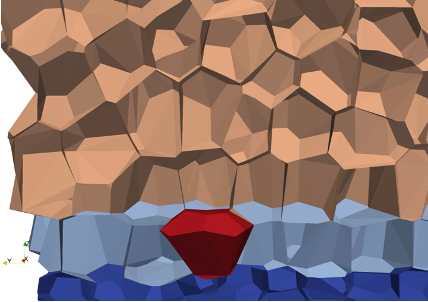
Placode Formation and Homeostasis in Stratified Epithelia
- Placode Formation
- Homeostasis and delamination
- Personnel
- Elizabeth Lawson-Keister
- Somiealo Azote
- Sara Wickstrom Lab (Muenster)
- Carien Niessen Lab (Cologne)
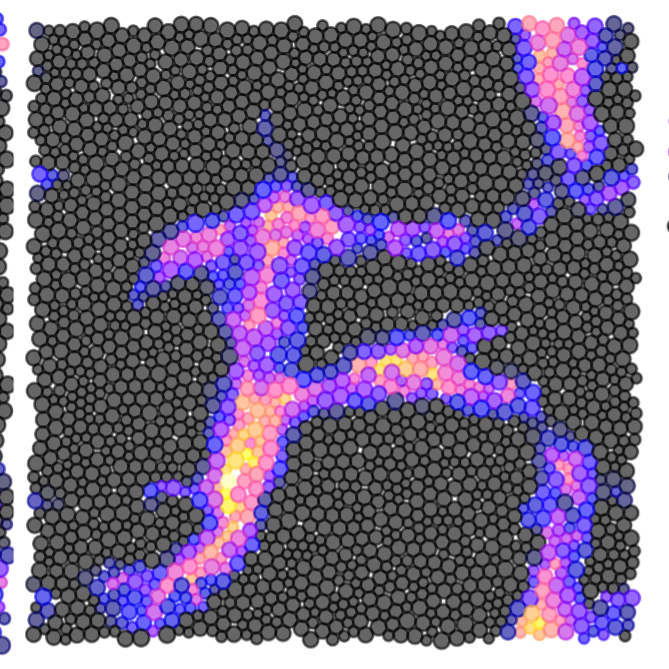
Yielding in Glassy and Active Matter
- Is the yielding transition brittle in dense active matter?
- Structural elasto-plastic models for yielding
- Spatio-temporal dynamics of avalanches in particle-based and elasto-plastic models
- Structural indicators as a function of packing fraction
- Personnel
- Adil Ghaznavi
- Cam Dennis
- David Richard
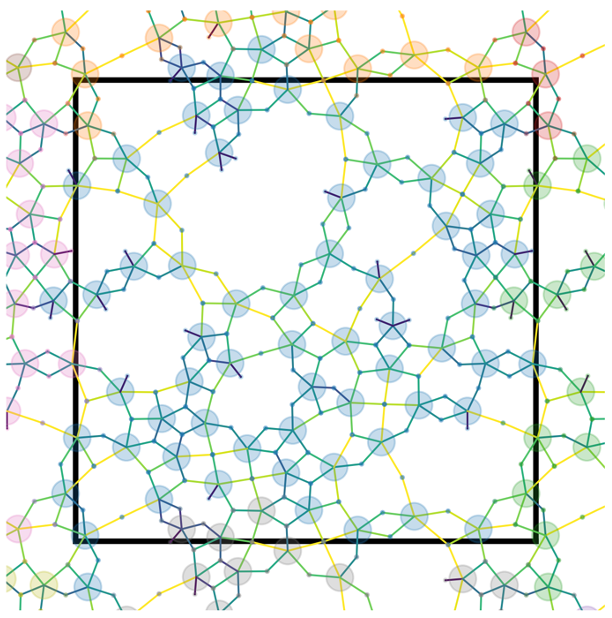
Emergent mechanics in tissues composed of stellate mesenchymal cells
- Developing new models for tissues with star-like cell shapes and large gaps between cells
- A new, bioinspired type of active metamaterial : fluid under tension
- Personnel
- Alex Grigas
- Ale Mongera (UCL)
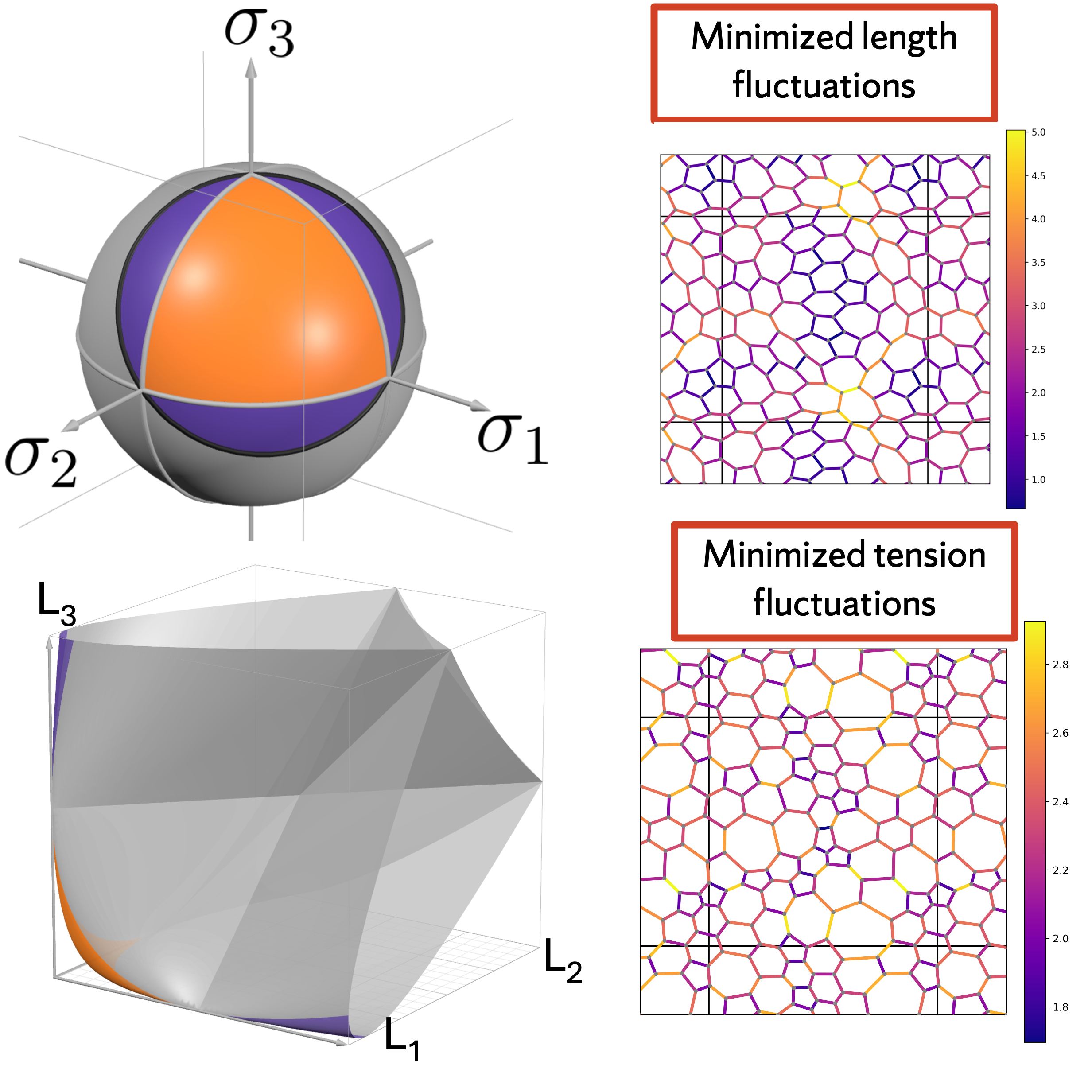
Characterizing and designing second-order rigid materials
- Designing mechanical metamaterials by sculpting the critical manifold in fiber networks
- Parameterizing the critical manifold of vertex models for biological tissues
- Making real mechanical networks with torsional springs
- Personnel
- Tyler Hain
- Kelly Aspinwall
- Chris Santangelo (SU)

Demixing and cell sorting in particle-based and vertex models
- Does differential diffusivity drive demixing in particle-based or vertex models?
- Cell sorting and boundaries in 3D vertex models due to heterotypic tension
- Do differential cell shapes drive sorting in vertex models
- Personnel
- Erin McCarthy
- Raj Kumar Manna
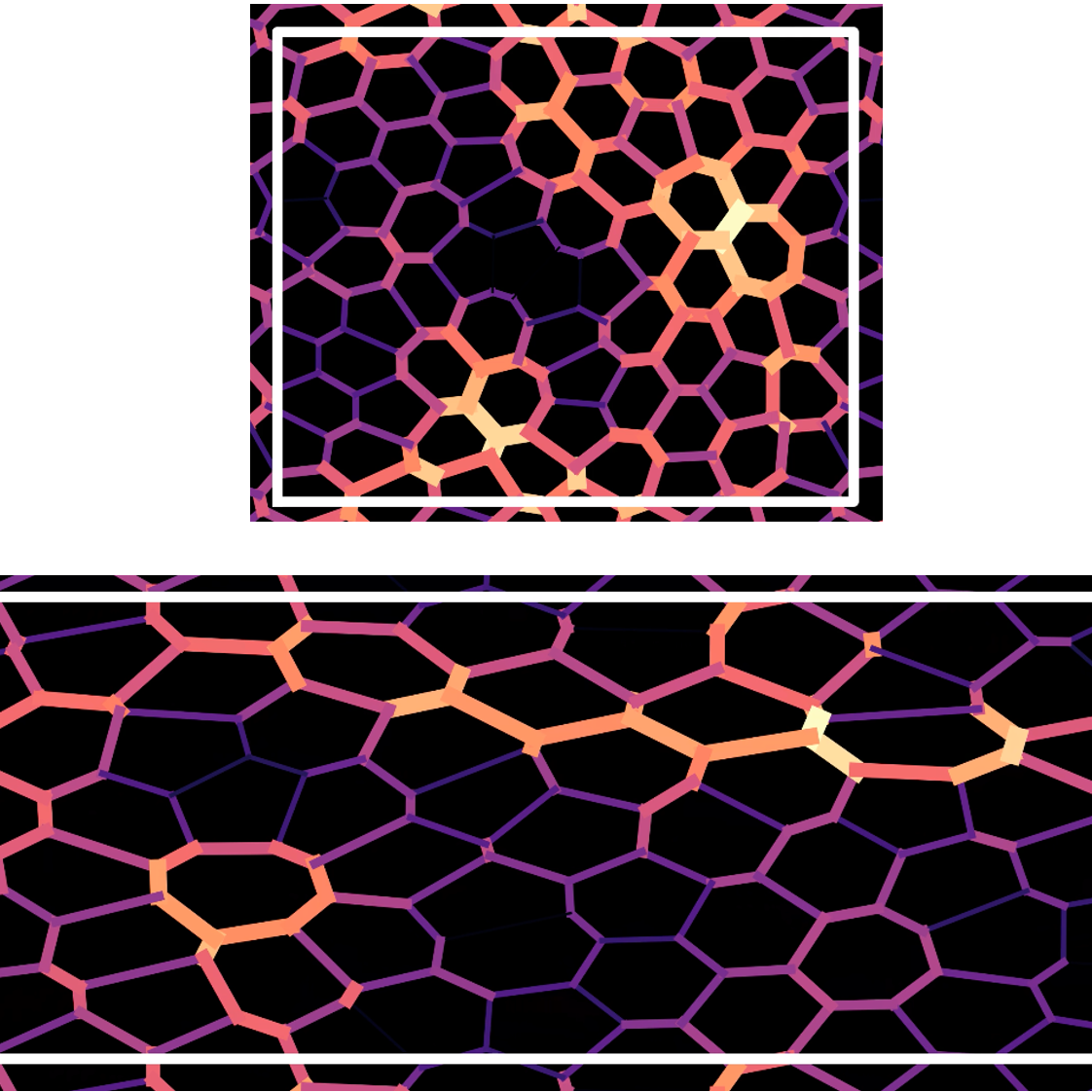
Physical Learning in Biological Tissues
- Can we use physical learning to fluidize a tissue?
- Comparing proposed mechanisms for germband extension in Drosophila using a physical learning framework
- Cell differentiation patterning via surface receptors (Notch-Delta)
- Personnel
- Sadjad Arzash
- Kelly Aspinwall
- Andrea Liu (UPenn)
